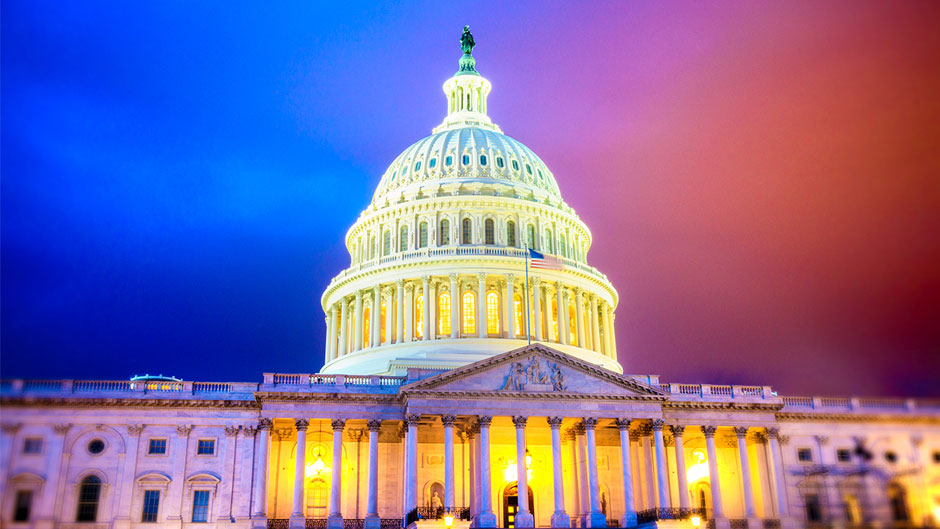The 2018 midterm elections resulted in a shift in power as the Democratic Party gained control of the House of Representatives. Although Republicans increased their majority in the Senate, political science experts say this new division in Congress will undoubtedly change the atmosphere in Washington during the final two years of President Trump’s first term in office.
Yet that change is not necessarily going to be a negative one, said University of Miami Political Science Professor Gregory Koger.
“This will help legitimize the federal government because both parties are represented in Congress, so now both parties can have a say at the table when passing a budget and passing major legislation,” Koger said. “And to the extent that there is wrongdoing in the White House or the federal government, there is now one chamber of Congress that is committed to investigating it.”
Among the newly elected Democratic lawmakers is former University of Miami President Donna E. Shalala, who won the House seat of retiring Republican Ileana Ros-Lehtinen, a UM alumna. Shalala served as UM’s fifth president from 2001 to 2015, and was the longest serving U.S. Secretary of Health and Human Services during the Clinton administration.
In her victory speech, Shalala emphasized the need for unity in America today.
“This campaign has always been about making sure the American dream is there for everyone,” Shalala said Tuesday night at the Coral Gables Woman’s Club.
Koger said the 2018 midterm election results represented a long-term trend that has only intensified of voters staying loyal to their chosen political party.
“American voters are supporting the same party…if you were a Trump voter in 2016, you were very likely to be a Republican voter in 2018 in the House and Senate races,” he said. “It’s the same on the Democratic side, if you voted for Clinton in 2016, you were much more likely to vote Democratic in 2018.”
Across the country, a record number of women were elected to Congress from a variety of backgrounds. In Michigan and Minnesota, two Muslim women were elected to the House of Representatives. In Kansas and New Mexico, two Native American women were elected, as well. Koger said women’s frustration with Trump’s victory in 2016 may have motivated them. He added that there is often a shortage of female candidates in America, despite their success in elections.
Political Science Professor Louise Davidson-Schmich added that the number of female candidates was likely motivated by the 2016 elections when Hillary Clinton lost and the Women’s March took place a day after President Trump’s Inauguration. In the future, Davidson-Schmich expects more diverse women to run for office, at least in the Democratic Party.
“Elected representatives the world over have been becoming more representative of the populations they represent in the past decades,” Davidson-Schmich said. “Since 1995, the world average has risen from 10 percent to 24 percent women in the legislative branch of government.”
In Florida’s top races, Republican Ron DeSantis was elected governor, and Republican Rick Scott holds a slim lead over incumbent Democratic Senator Bill Nelson. The Senate race could go to a recount. Koger said close political races are nothing new to the Sunshine State.
“Florida has a reputation for being a difficult place to run a statewide campaign because voters are constantly in flux and people are constantly moving into the state,” Koger said. “Going forward, Florida Democrats will have to rethink their strategy for winning victories in the state.”

